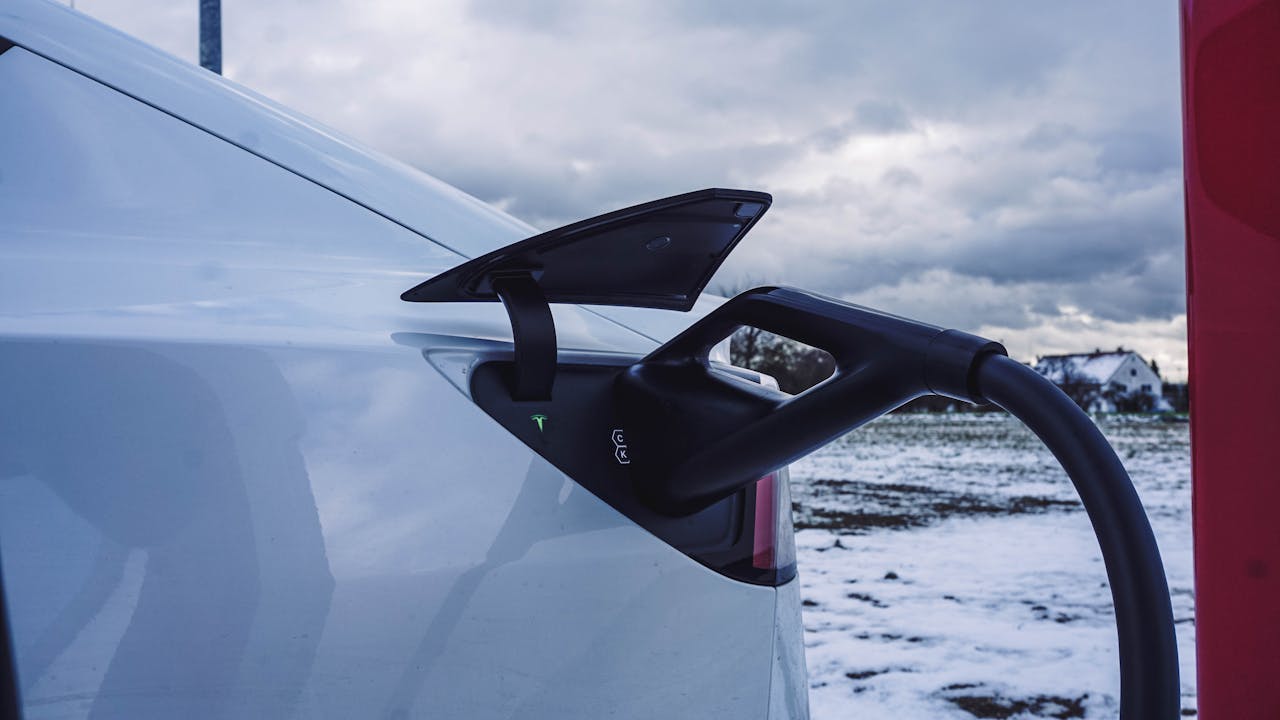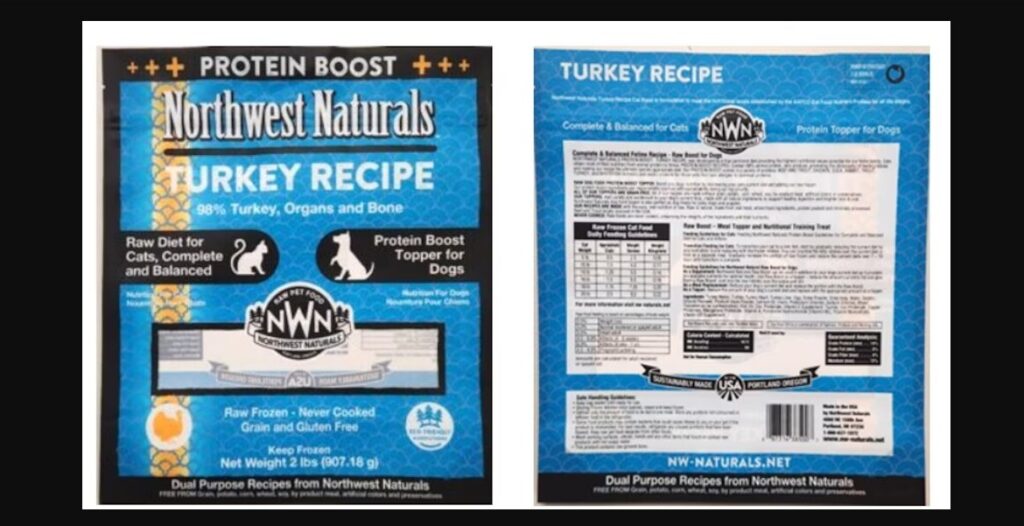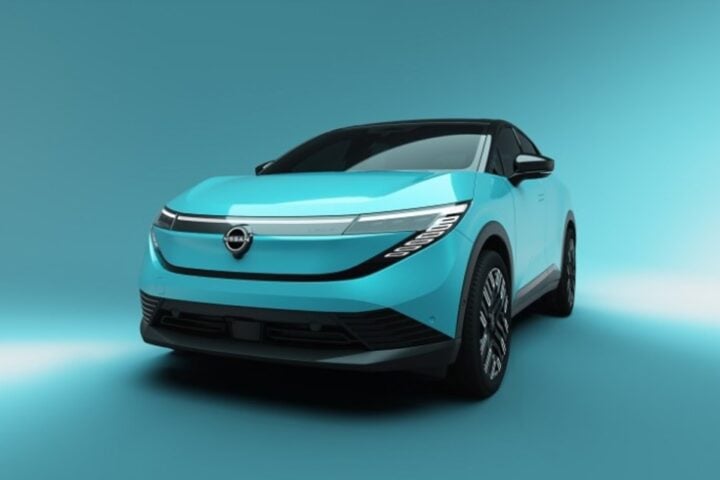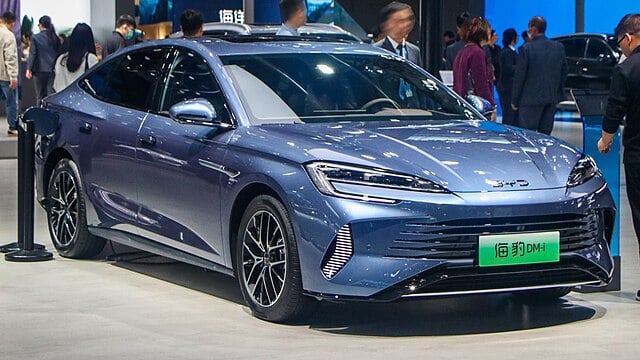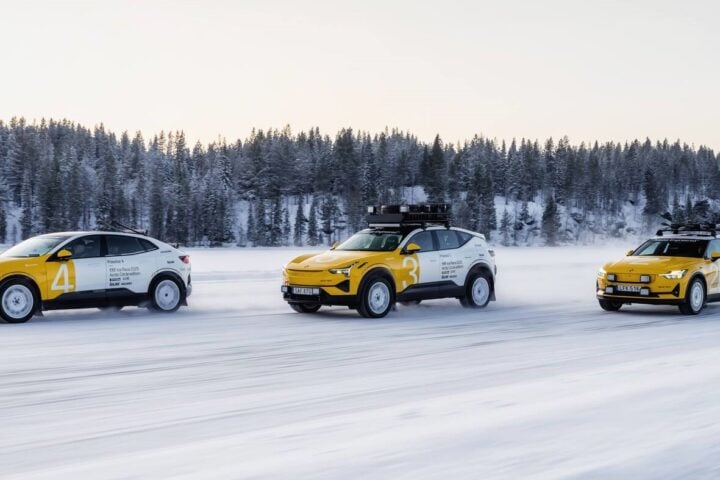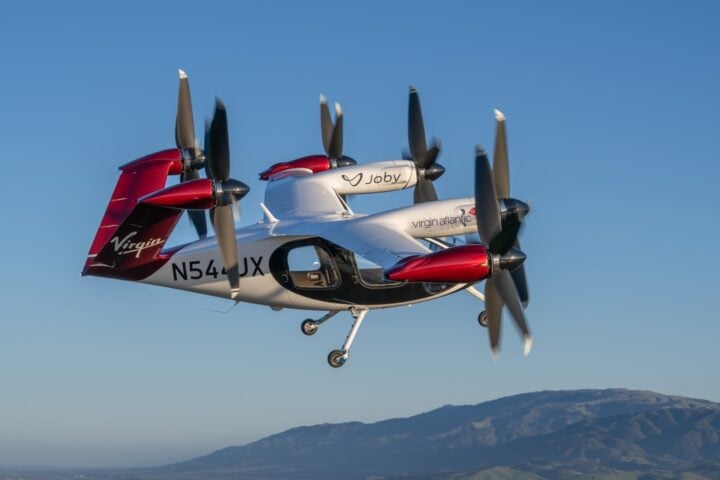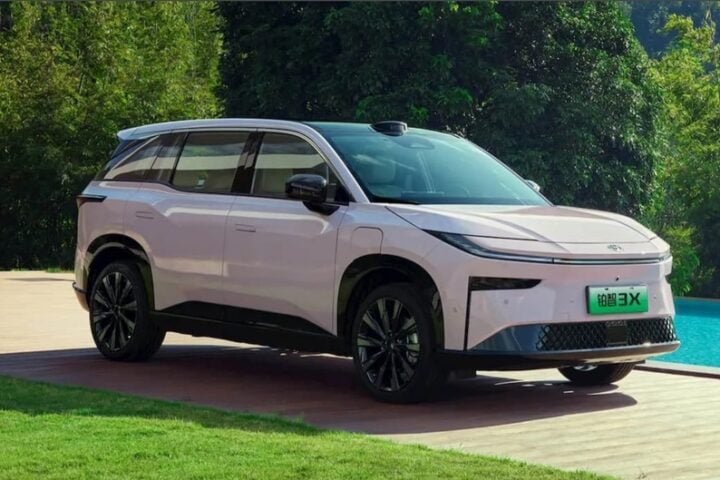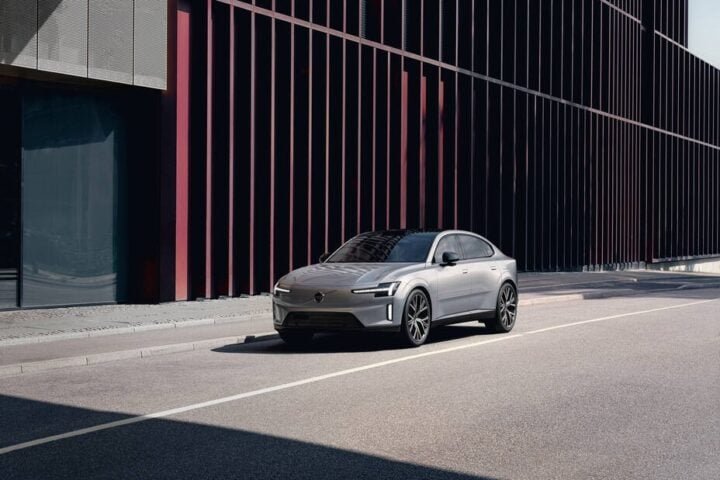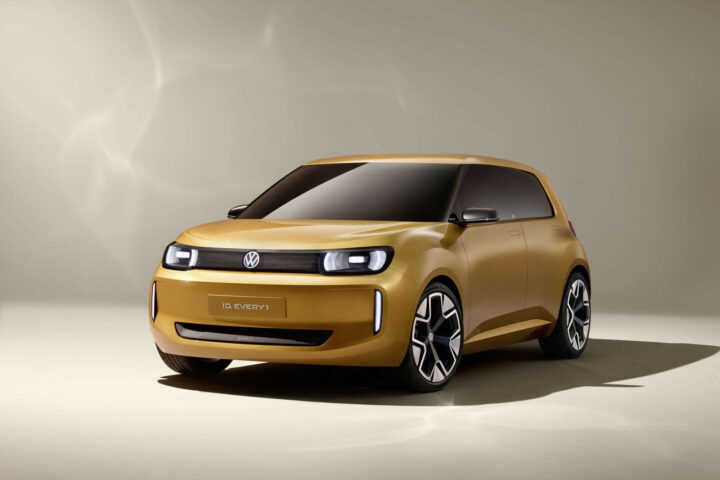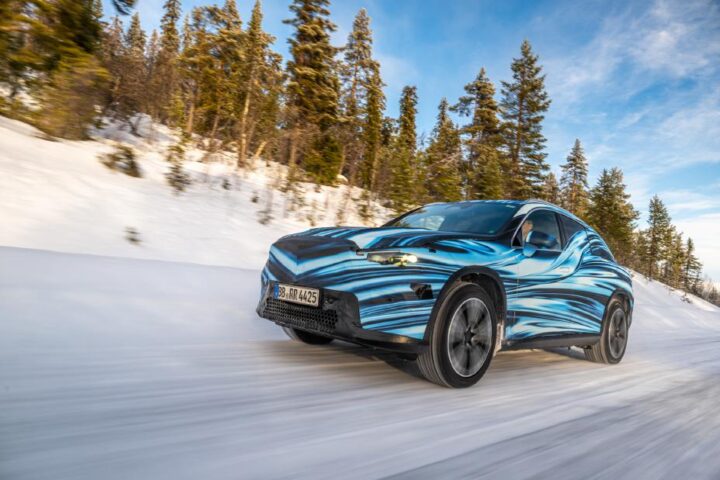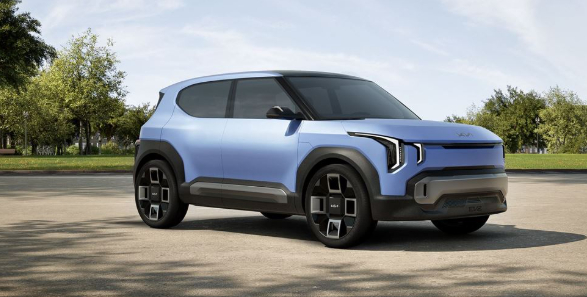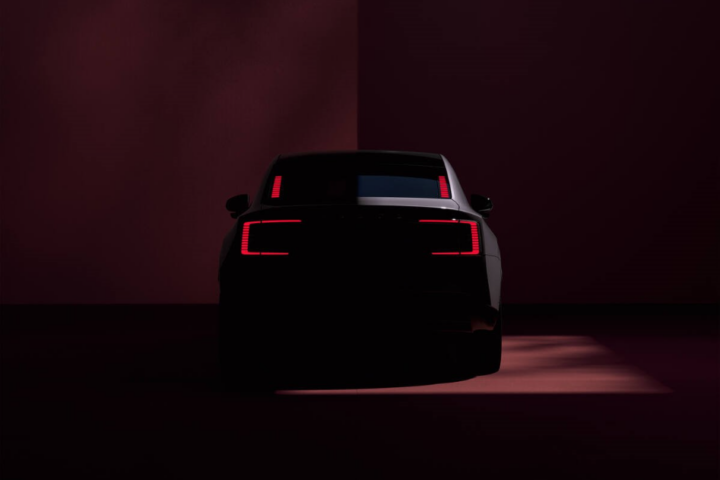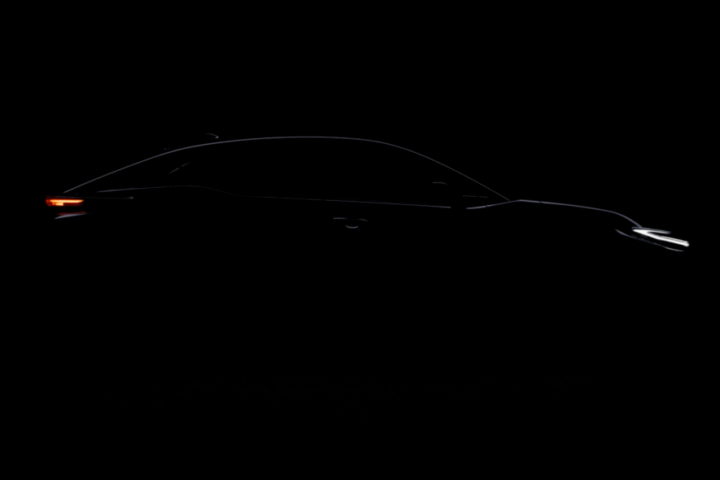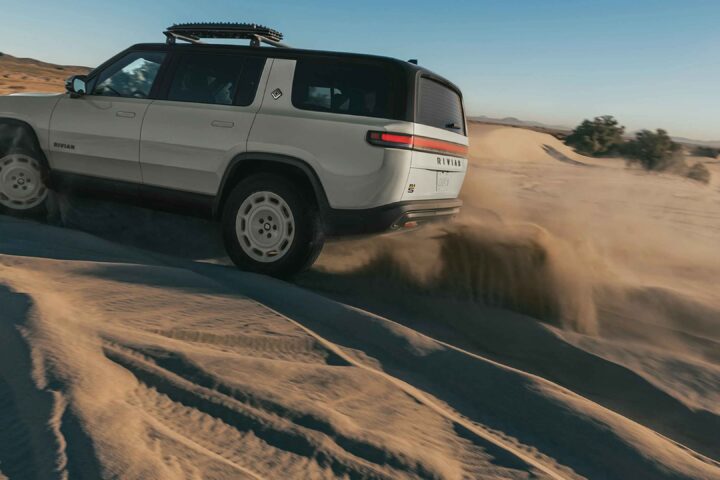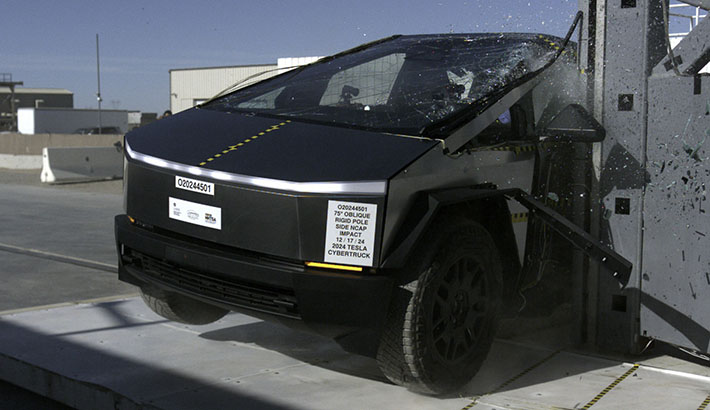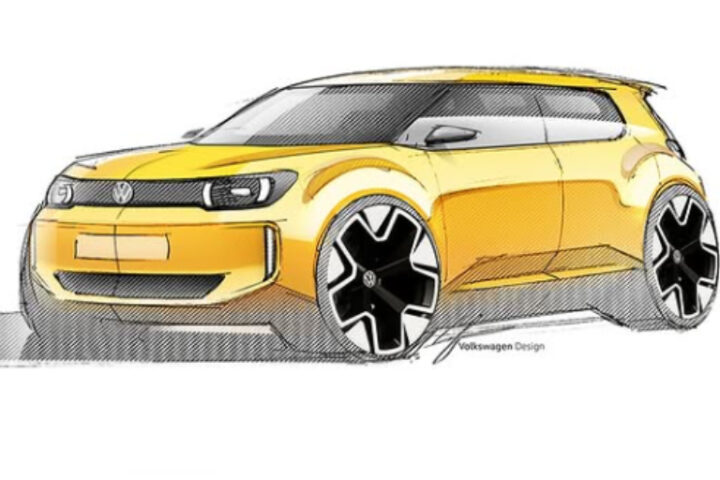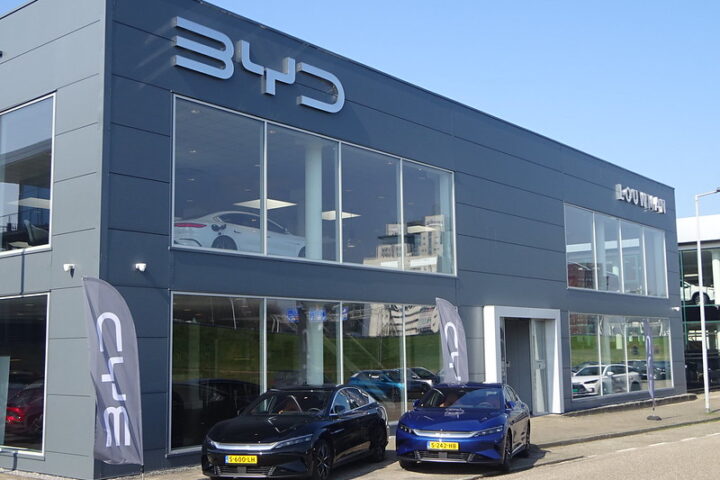Cold weather presents unique challenges for electric vehicle (EV) performance, with recent studies revealing substantial impacts on range and charging capabilities. A comprehensive analysis by the Norwegian Automobile Federation (NAF) tested 33 EVs in winter conditions between 0°C and -10°C, exposing varied performance across manufacturers.
Range Reality The American Automobile Association’s research found EVs can lose over 40% of their range at 20°F (-6°C) with heating activated. However, some models proved more resilient. The HiPhi Z retained a maximum of its WLTP-rated range, achieving 522 km in cold conditions. The NIO ET5 and Hyundai IONIQ 6 followed with 481 km and 468 km, respectively.
Not all vehicles maintained such impressive stats. Tesla’s Model 3 SR showed a 22.87% range reduction, while Toyota’s bZ4X, Volvo’s C40 Recharge, and Polestar’s Long Range variants experienced 22–23% drops.
Technical Advancements Recent innovations are addressing winter performance limitations. China’s Dalian Institute of Chemical Physics developed a high-energy lithium-ion battery operating reliably at -60°C, with an energy density exceeding 350 Wh/kg. The advancement in battery technology includes Greater Bay Technology’s Phoenix cell, charging to 80% in 6 minutes at -20°C using electric pulse heating technology.
Winter Traction Advantages EVs demonstrate superior traction control in snow and ice conditions. The instant torque control allows for precise power adjustments to each wheel independently. “As long as drivers understand that there are limitations when operating electric vehicles in more extreme climates, they are less likely to be caught off guard by an”.
Battery weight distribution, centered low in the vehicle’s floor, enhances stability compared to traditional front-engine designs. “While brand rankings can guide you to the showroom, it is critical to look at reliability for specific models before making a purchase decision,” said Jake Fisher, senior director of Consumer Reports’ Auto Test Center.
Similar Posts
Practical Considerations The U.S. Department of Energy reports EV fuel economy drops 8% at 20 degrees compared to 75 degrees, with range decreasing approximately 12%. Activating interior heat can amplify this reduction to 41%. For comparison, gasoline vehicles experience a 15% efficiency reduction at similar temperatures.
EVs now constitute 8.2% of all new vehicle registrations in the United States, according to Experian’s Automotive Market Trends Report. This growth necessitates practical winter operation strategies.
Efficiency measures include utilizing heat pump technology, now standard in newer models. Valeo’s smart heat pump system extends EV range by 30% in winter conditions. Pre-conditioning while connected to power and maintaining proper tire pressure remain essential practices for winter operation.
The evolution of electric vehicles continues, with each advancement addressing operational challenges in extreme conditions. As adoption rates climb, these improvements become increasingly crucial for year-round reliability.
